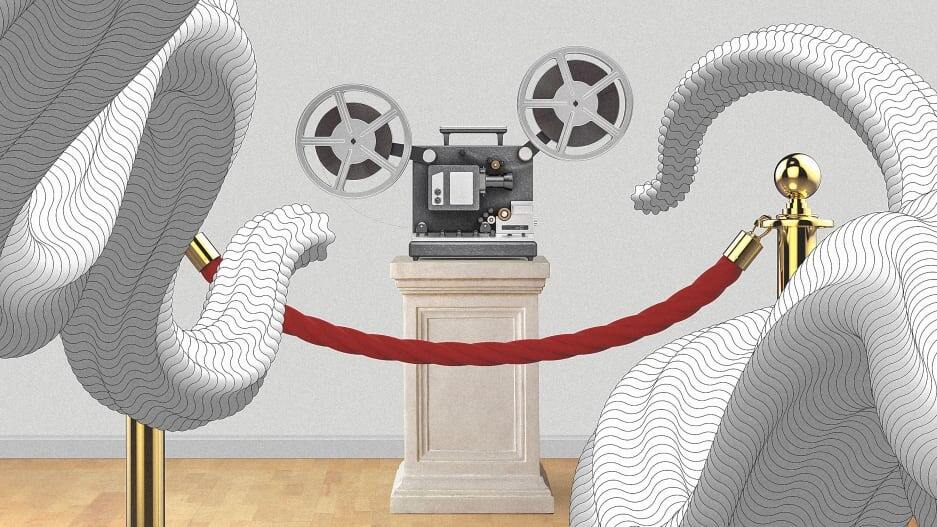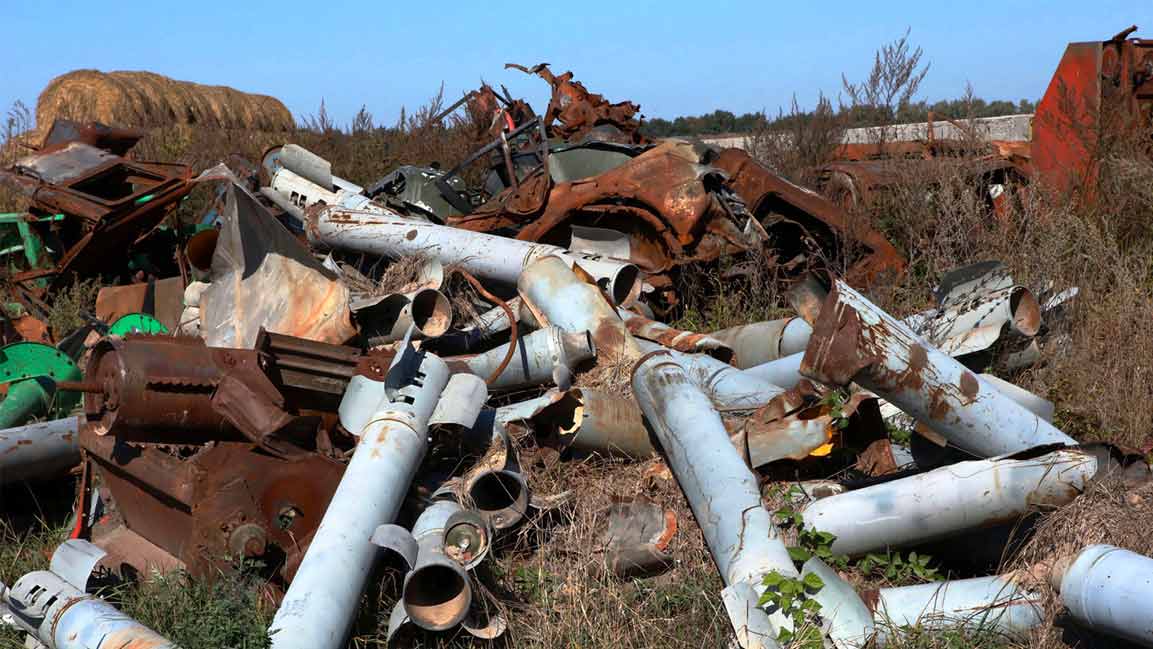- | 8:00 am
This is how we protect the art of film and TV from AI
Justine Bateman says, ‘Many of us are working with the FTC, the FCC, the DOJ, and the U.S. Copyright Office to have either new rules instituted or past rules reinstated to keep these CEOs from creatively raping 100 years of films and series.’

Don’t touch the art.
This was probably the first thing you learned about fine art. Before you learned the difference between a Picasso and a Pissarro, or a Monet and a Manet, you learned that you don’t touch the art.
You walked through museums and galleries and noted the security officers in each roomful of paintings or sculptures or photographs, telling patrons to keep their distance from each piece. You can’t touch the art, you can’t get too close, and you certainly can’t walk in with a set of paints and change any of the paintings.
Why? Because the museum directors, curators, docents, and security officers won’t let you. In fact, some of those people who work in museums would lay down their lives to protect that art.
The museum staff equivalent in the film business are the CEOs and executives at studios and streaming services. They are charged with protecting the art of film and television series. But at this moment, it does not feel like this particular “staff” is looking after this art at all. None of them are telling others, “Don’t touch the art.” This is one of the many reasons the Writers Guild of America (WGA) and the Screen Actors Guild – American Federation of Television and Radio Artists (SAG-AFTRA) are currently on strike against the Alliance of Motion Picture and Television Producers (AMPTP), the group that represents these CEOs.
Through generative AI, technology now exists to “touch the art” of past film and series, and change it in ways we hadn’t imagined possible. Face replacement, actor replacement, and actor (or viewer) insertion into past films; the manipulation of actors’ faces of past films to show expressions the actors never had, and to say lines they never said; and the fabrication of another season of your favorite series, one that was never shot— all are possible now. This violates the writer’s work, the director’s vision, the actor’s performances (and integrity), and disrespects the crew’s work.
Additionally, these films and series are being “touched” through the feeding of 100 years of films and series into GAI models, in order to train them to spit out amalgamation spoonfuls, when prompted.
That is like throwing millions of artists’ work into an algorithmic wood-chipper, so the CEOs can eliminate the overhead of paying artists to make the material they sell and distribute. And unless the currently striking WGA and SAG get their AI demands, all done without the artists’ content or compensation.
The film and series work the CEOs are supposed to be protecting—of which they are stewards at this moment—is essentially being thrown onto the wood pile, due to greed.
How is it that these entertainment CEOs are not treating the work they fund and distribute in the same manner as the museum staff treat their art? This poor treatment started when the streamers (Netflix, Amazon, Apple, etc.) came on the scene, and referred to our work as “content.” Not films and series, not art, but “content.”
The origins of this reference can be found in the early days of websites. In the late 1990s and early 2000s, everyone from your dry cleaner to your grocery store suddenly had a website. There was a lot of talk about “getting people to come back to your site” on a regular basis, even if the site’s main purpose was just to supply the address and phone number of the business.
Nonetheless, these businesses became focused on “driving site traffic,” and sought solutions. The result was “content.” Contrary to the fairly consistent assets like the dry cleaner’s logo or the text of the address and phone number, content referenced new material for the site. This material would be changed out on a regular basis in an effort to increase return site visits. Most often, this meant posting videos on the site.
This kind of thinking is present in the tech companies’ streaming video platforms and in their desire to “get people to return to their site.” Their solution is the same: Make sure to constantly refresh the content. And so, you see why these streaming companies refer to our films and series as “content.” They just have a website, and they want you to keep coming back to it.
The studios then, seeing the streaming platforms’ stock value rise due to their actions, followed suit with this lower terminology for films and series. They, too, began referring to our work as “content,” which allowed them to greatly alter the respect that past studio CEOs had for the films and series they funded and distributed.
The way in which the work is being presented to the public is another contributor to the present poor treatment of films and series. In the past, a project would be given a proper marketing period, a premiere, a long run in a theater (or in a regular slot on TV), and continued promotion in support of it.
This was not always the case, but it was a dominant pattern, whether for a film or a TV series. In this way, the film or series was put in a “frame,” if you will, and gave the project an allure for the audience. Similar to the way in which a museum showcases art, on a smooth wall, with space around it, perhaps an ornate frame, beautifully lit, etc.—it sets an indication of its value.
Streaming platforms instead brought us a very large container in which all the films and series could be placed, removing the frames that helped us to value the work. Two elements contributed further to this: the sheer volume of films and series, and their juxtaposition to each other.
Instead of just the most recent releases, almost every film and series that had ever been released was tossed in the same Costco-sized platform, and this greater volume almost always devalues objects. This arrangement leaves the audience with no real guidance of each project’s value. The thumbnail for Citizen Kane is there next to the B-thriller Cats That Kill. That is a mistake.
The audience suddenly did not have those indicators of prestige, either, without the showcase of a valued film in the best cinema in town or a top TV show promoted properly and delivering a fresh episode the same night each week.
Conversely, there was no longer an indication of the lesser value of a straight-to-video film by seeing it in the bargain bin at Blockbuster, or a TV series obviously on the verge of being canceled because it was being moved around the viewing schedule.
When all of this is combined with a society accustomed to reposting, amending, and reusing things they find online, via social media, etc., and the CEOs’ desire to maximize profit margins, the lack of CEOs’ attention to protecting past film and series work becomes clear.
It shouldn’t be that way. In fact, for many of us in the business, it isn’t. We do understand the importance of protecting past work and the responsibility we have to ensure that.
It’s not only a responsibility to past artists, but a responsibility to the viewers, themselves. Everyone has a favorite film or series. This past work reminds them of something in themselves, or of a time in their life. To remove that touchstone, to change the work in such a way that the path back to that personal connection to the viewer is erased, is irresponsible and cruel.
Many of us—writers, in particular—are working with the FTC, the FCC, the DOJ, and the U.S. Copyright Office to have either new rules instituted or past rules reinstated to keep these CEOs from creatively raping 100 years of films and series. We artists will be the museum staff for past films and series. And we’ll do everything possible to try to keep that work safe. Try us.







































